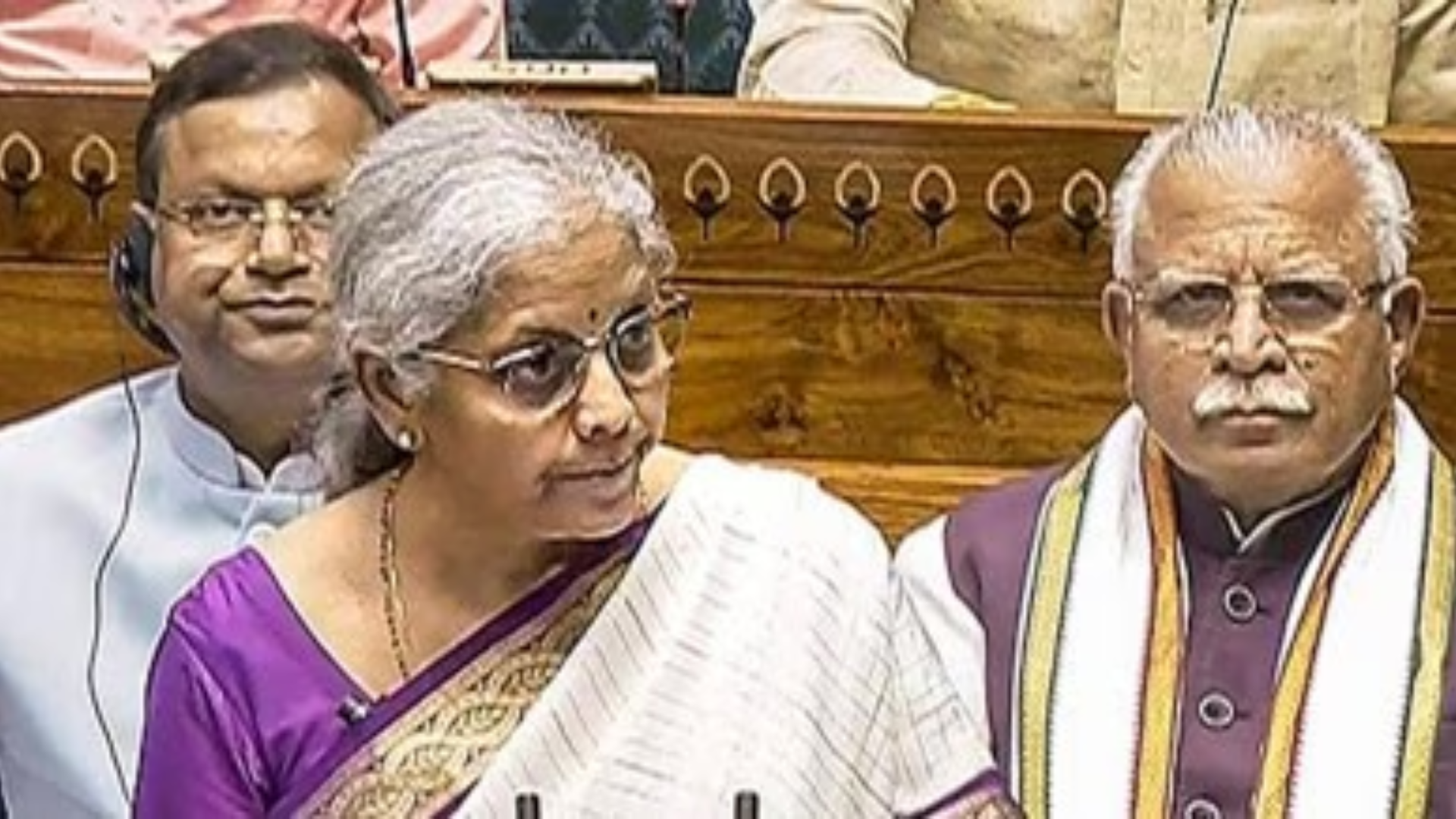The Union Budget for 2024-25 has undeniably been influenced by the recent Lok Sabha election results, reflecting a clear political strategy in Finance Minister Nirmala Sitharaman’s seventh consecutive budget presentation. This year’s budget is not merely an account of government revenue and expenditure but a statement of political intent, as seen in the significant allocations and special packages aimed at key political allies and strategically important states.
Political Influences and Strategic Allocations
The Union Budget has notably favored Bihar and Andhra Pradesh, key allies of the NDA government. The Telugu Desam Party (TDP) and the Janata Dal (United) (JD(U)), which form crucial support pillars for the NDA coalition, have received considerable attention. The TDP, led by Chandrababu Naidu, and the JD(U), under Nitish Kumar, hold 16 and 12 seats, respectively, in the 293-MP NDA coalition.
Finance Minister Sitharaman announced special packages for Andhra Pradesh, including financial assistance for three districts and a substantial ₹15,000 crore for the development of Amaravati, the state’s new capital. These measures are designed to appease the TDP and strengthen political alliances in the region.
Similarly, Bihar will see enhanced infrastructure development, funding for religious tourism, and the creation of an industrial corridor, alongside external loans to bolster the state’s growth. The JD(U) has long sought special status or a financial package for Bihar, and these announcements are aimed at addressing the party’s demands, especially as Bihar prepares for elections in 2025.
Regional Focus and Infrastructure Development
The central government has also targeted eastern India, often considered economically underdeveloped. The Union Budget includes a new plan, ‘Purvodaya,’ aimed at comprehensive development across Bihar, Jharkhand, West Bengal, Odisha, and Andhra Pradesh. This initiative is intended to transform these regions into economic engines for national growth.
In addition to these measures, significant support has been allocated for flood mitigation projects. The Finance Minister pledged ₹11,500 crore to tackle flood issues in Bihar and Assam, which frequently suffer from severe flooding. States like Uttarakhand, Sikkim, and Himachal Pradesh, which have experienced landslides and floods, will also receive assistance. However, notable by its absence is any mention of support for Tamil Nadu, which faced severe flooding and waterlogging in late 2023.
Tourism and Development in Odisha
Odisha, which emerged as a key battleground in the recent elections, has been earmarked for significant development under the budget. The government plans to boost tourism by leveraging the state’s natural beauty, temples, and cultural heritage. This move is part of a broader strategy to capitalize on Odisha’s potential as a tourist destination and to consolidate BJP’s position in the state, where it has recently made significant electoral gains.
Economic and Political Implications
Economist Arun Kumar noted that “The election results have left their imprimatur on this Union Budget. Therefore, sops have been offered to the two NDA allies, Bihar and Andhra Pradesh, under various heads.” He highlighted that Prime Minister Narendra Modi’s concessions were driven by the need for political support and public discontent over issues such as agriculture and unemployment.
NR Bhanumurthy, Vice Chancellor at Dr BR Ambedkar School of Economics University, Bengaluru, acknowledged the historical need for support in East and North East India, stating, “On all socio-economic parameters, its indices are low. Now of course there is also the political aspect, which is important.”
However, Bhanumurthy also found the classification of Andhra Pradesh as part of ‘east’ India an interesting aspect of the budget speech. Meanwhile, Kumar criticized the lack of clarity on resource allocation for these projects, suggesting that increased direct taxes on the wealthy might have been a more effective approach.






















